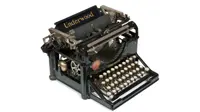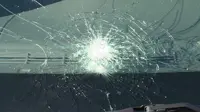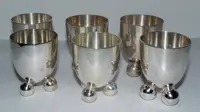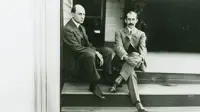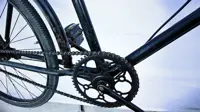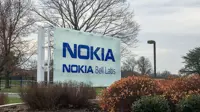A ballpoint for outer space
By Kiron Kasbekar | 18 Sep 2023
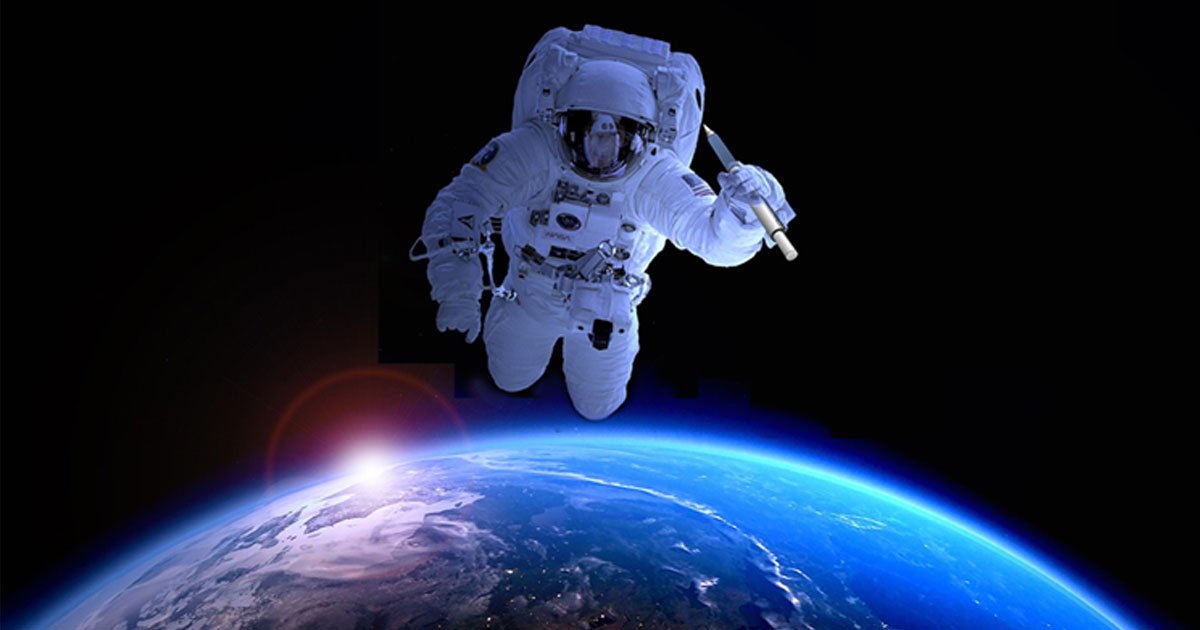
Clang! Clang! Clang! Clang!
The alarm went off, shattering the peace inside the spaceship. Everyone dropped their electric blankets and rose up, wondering what had happened. Had a meteor hit the spaceship? Had the heat shields outside disintegrated? And would the vehicle now overheat and melt everything inside?
No. The heat shields were intact. The engine was working smoothly, the navigation monitors showed everything was all right. The oxygen levels were just right …
… so what was wrong?
It took a while of frantic checking. And they found that one smart ass had brought a pencil aboard and sharpened it with a sharpener. The pencil’s graphite powder could spark a fire, and the wood shavings could spread it.
Well, this is just a scenario that could have happened when the Soviets and the Americans went up into space, and needed something to write with. They took pencils with them.
It’s not something to worry about today. Now we have writing instruments that we’d normally call ballpoints, except that they cost a thousand times what the low-priced but highly useful Bic ballpoint costs.
The problem with outer space
The problem with using ordinary pens, including ballpoints like Bic’s is that in outer space, the zero gravity prevents the ink from reaching the nib. When we write with our ballpoints back here on Earth, we usually hold pens with the nibs down so gravity lets the ink flow. If we hold a pen upside down, as when we are lying down in bed and writing on a pad held over our heads, the ink stops flowing after the first few strokes of the pen. Gravity is pushing the ink away from the nib.
Now, in outer space, astronauts work in zero gravity. So how would the ink in a normal pen flow down to the paper? It does not.
So they used pencils to write.
Now why, in today’s digitalized world, would astronauts want to use pens or pencils? They can simply use the keyboards to key in whatever they want into their big or small computers.
In a simple world that is, of course, what would happen. But the world is not so simple. It keeps thrusting complexities in your face to make you do complicated things.
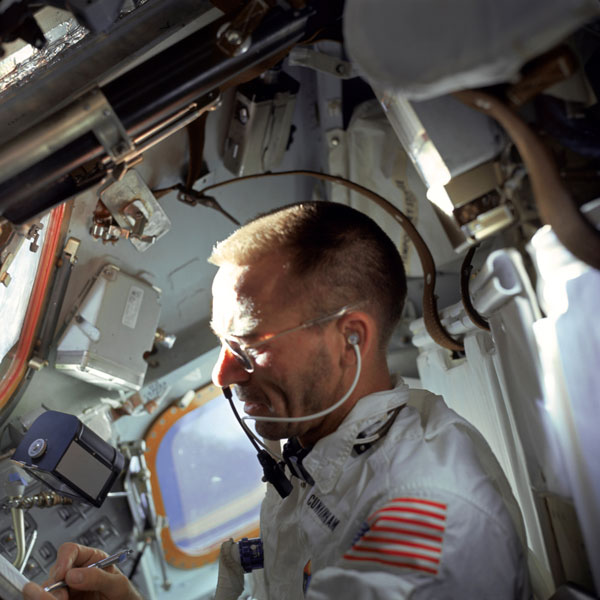
Overall, astronauts use a variety of tools to write in space, depending on the task at hand. Pens are still popular because they are reliable and durable. However, digital devices are also becoming increasingly popular because they offer a number of advantages, such as the ability to store and organize large amounts of information.
Today astronauts use digital, electronic means to write in space. Astronauts also use digital tablets and laptops to write. This allows them to take notes, create reports, and even write emails. Digital devices are also useful for storing and organizing large amounts of information.
Digital devices, yes, but pens too
But they also use pens. The choice of whether to use a pen or a digital device depends on the task at hand. For example, astronauts might use a pen to write down quick notes or to sign documents. They might use a digital device to write longer reports or to create presentations.
And it seems the Fisher Space Pen is the most common pen used by astronauts.
The Fisher Space Pen (also known as the Zero Gravity Pen) is a pressurized pen that can write in zero gravity, even while being held upside down. The pen is also durable and can withstand the extreme conditions of space.
The Space Pen, uses pressurized ink cartridges and is able to write in zero gravity, underwater, over wet and greasy paper, at any angle, and in a very wide range of temperatures.
The first manned space mission took place on 12 April 1961, when Yuri Gagarin, a Soviet citizen, orbited the Earth in Vostok 1 on a 108-minute flight to become the first human being to travel beyond the Earth’s atmosphere.
You can imagine that before anyone shot into space, there was no need for a writing instrument that was any different from the pencils and pens available at the time. It was only when the reality of zero gravity dawned on the space scientists that they decided to find a solution.
That happened to be a pen created by a pen that had been patented by created by Paul C. Fisher as an ‘anti-gravity’ pen. A pen that would write well, however you held it, straight up, sideways, or upside down. Fisher first patented the AG7 ‘anti-gravity’ pen in 1965.
They can choose
Here are some examples of how astronauts use pens and digital devices in space:
- Pens:
- Writing down notes during experiments
- Keeping a log of daily activities
- Digital devices:
- Taking notes on lectures and training sessions
- Writing reports and emails
- Creating presentations and diagrams
- Signing documents and certificates
- Accessing and storing information
